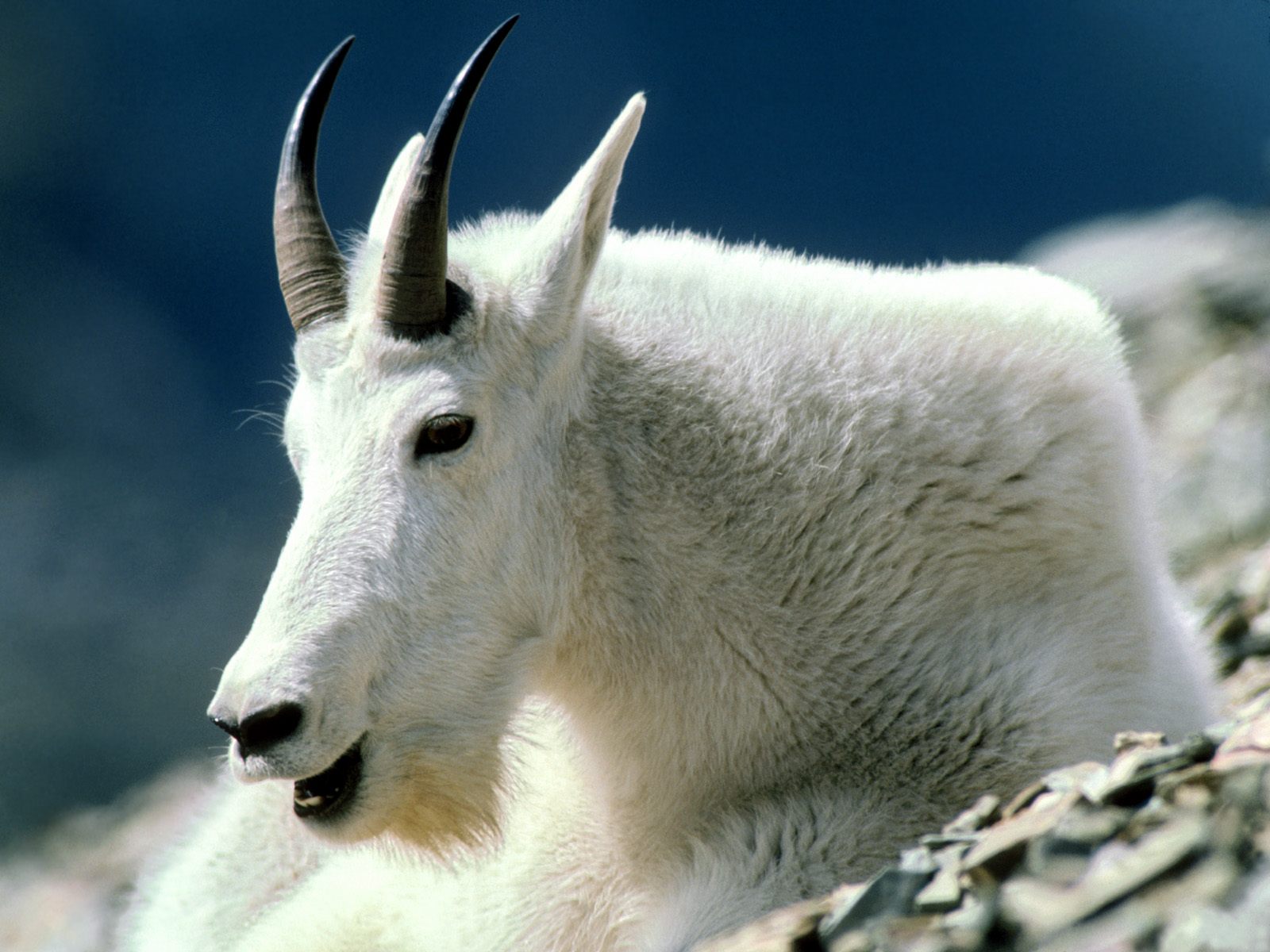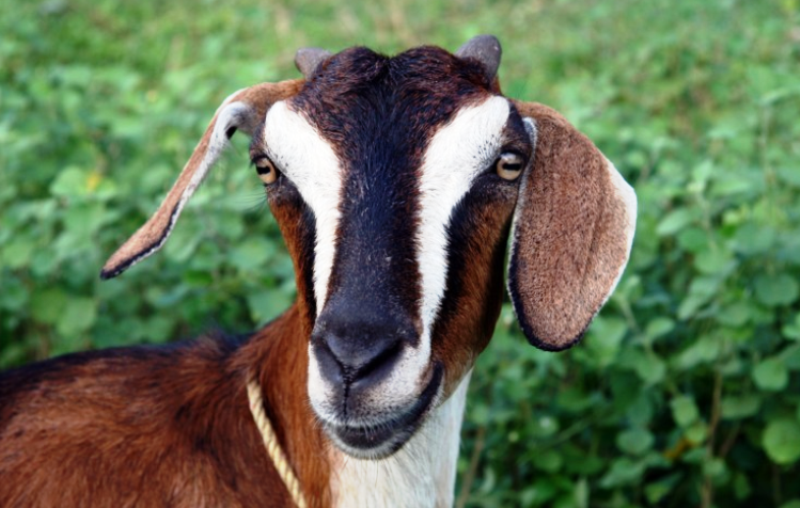
Introduction
Goats are fascinating animals that have been domesticated for thousands of years. Known for their playful nature and curious personalities, these creatures have captured the hearts of people around the world. From their unique physical features to their diverse abilities, goats truly stand out in the animal kingdom.
Physical Characteristics

Goats come in various shapes and sizes, depending on their breed. On average, they typically weigh between 45 to 160 pounds and stand about 17 to 42 inches tall at the shoulder. These herbivores have a distinctive appearance with two sharp, backward-curving horns on their heads. Their coats can be short, long, or even curly, coming in a wide range of colors.
Adaptations for Climbing

Goats are natural climbers, thanks to their remarkable agility and specialized adaptations. Their hooves have a hard outer layer and soft inner padding, enabling them to traverse rocky terrains with ease. Additionally, goats possess incredible balance and coordination, allowing them to navigate steep slopes and mountainsides that many other animals would find impossible.
Social Behavior

Goats are social animals that thrive in groups. They have a hierarchical social structure where individuals establish dominance through displays of aggression and submission. Within a herd, goats form close bonds and communicate through various vocalizations, body language, and scent marking. These interactions contribute to their overall well-being and provide them with a sense of security.
Feeding Habits

As herbivores, goats have a diverse diet consisting mainly of grasses, leaves, and twigs. However, their adaptable nature allows them to consume a wide range of plant material, making them excellent foragers. Goats are known for their ability to eat selectively, choosing plants high in nutrition and avoiding those that are toxic or unpalatable.
Reproduction and Lifespan

Goats are polygamous animals, meaning that a male goat, known as a buck, can mate with multiple females, called does. The breeding season typically occurs in the late summer or early fall, resulting in the birth of adorable baby goats, known as kids, after a gestation period of around five months. Goats generally have a lifespan of 10 to 15 years, although some can live even longer with proper care and nutrition.
Goats in Different Cultures

Throughout history, goats have played a significant role in various cultures around the world. They are often associated with fertility, abundance, and independence. In certain regions, goats are even considered sacred animals. Their milk, meat, and fibers have been essential resources for human survival, providing nourishment, clothing, and materials for various purposes.
Economic and Environmental Importance

Goats have substantial economic value in many societies. Their milk is highly nutritious and can be transformed into various dairy products, while their meat is consumed by people worldwide. Additionally, goat fibers, such as cashmere and mohair, are sought after for their softness and warmth. In terms of the environment, goats are often used for vegetation management, as they can efficiently clear overgrown areas and reduce the risk of wildfires.
Conclusion
Goats are truly remarkable creatures with a rich history and a significant impact on human societies. Their physical adaptations, social behavior, and ecological contributions make them a fascinating subject of study. Whether they are climbing mountains, forging social bonds, or providing valuable resources, goats continue to captivate our imagination and remind us of the wonders of the animal kingdom.